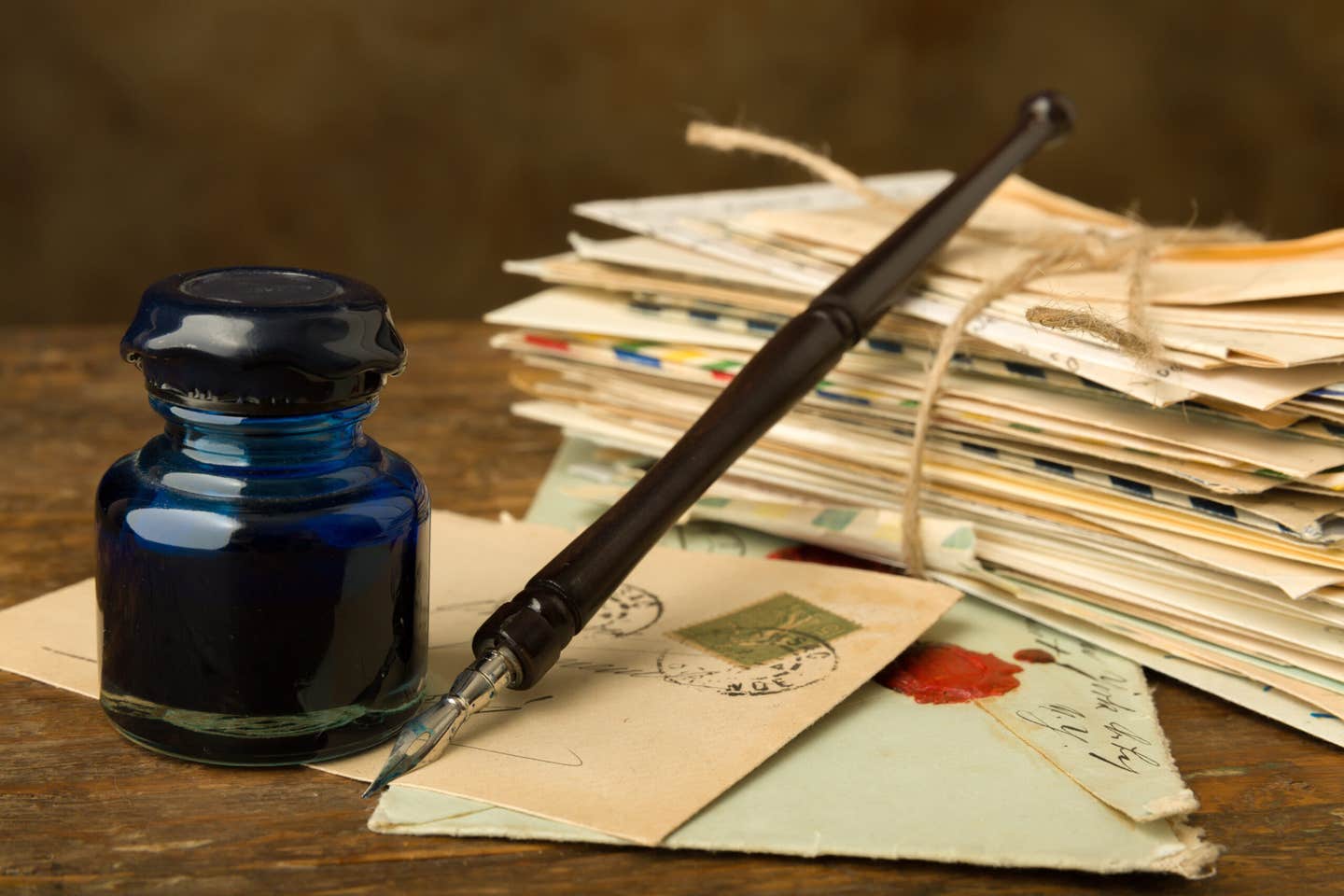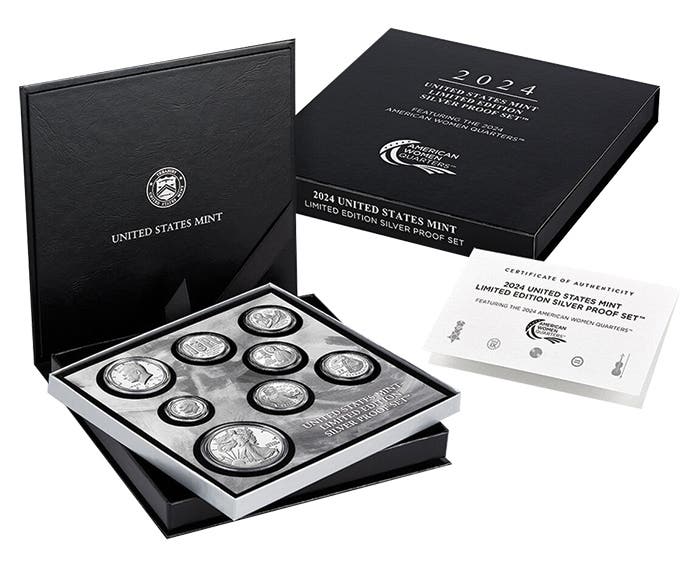Viewpoint: Austerity chases exhibitors away
By Robert F. Fritsch A couple of weeks ago, Dave Harper asked, “Are numismatic organizations doing enough to look out for the little guy?” The answer to that question depends…
By Robert F. Fritsch
A couple of weeks ago, Dave Harper asked, “Are numismatic organizations doing enough to look out for the little guy?” The answer to that question depends on the organization, be it local, state/regional, or national/specialty. In my experience, every club is faced with two major challenges: finding people to run the organization and keeping it intact. More on this later.
Local organizations depend on the little guy to find success. This is the grass roots of the hobby, where collectors and dealers meet regularly to talk about their hobby. Some have presentations every meeting, others depend on special programs like “Show ‘n’ Tell” or some other feature that promotes participation among the members. The bottom line is to make every meeting interesting enough so everyone keeps coming back, even bringing new members into the fold.
State and regional clubs have different problems. Most only meet once per year although their boards meet frequently throughout the year. The major contact the club has with their members is via the newsletter or through a website. Websites are difficult because they need constant attention to keep them current, unlike newsletters which have a more relaxed schedule. A dedicated webmaster is absolutely necessary because a stale site does not serve anyone; in fact, no website is better than a stale one. Many of these state and regional clubs have several local clubs as members which helps get the word out and keep the club vibrant.
There are a few huge clubs on the national level like American Numismatic Association and American Numismatic Society, which are constantly striving to serve their members, but often pay more attention to those with the big bucks. But without the big donors, the programs for the little guys would not exist, so a happy balance must be struck.
Specialty clubs are a whole different ballgame. They exist for members who are focused on one aspect of numismatics. Some of these niches are dynamic with enthusiastic supporters who like nothing better than to talk for hours about their piece of the hobby. These clubs have to be careful about their base dwindling and withering through attrition. Fifteen years ago, wooden money groups were going great guns, but when the old guard started dying off or retiring, there was a sudden decline. Regional groups folded, a couple of nationwide organizations merged and membership rolls were declining. Luckily, a few powerhouses took control and revived the hobby. I do not know what will happen when these individuals step aside.
Which brings us to the major problems of leadership and fragility. If you look at any club you can spot the seven or four people who make it tick. These leaders are often found doing the same thing in other clubs around the area because that is what they do. Care must be taken to include all members in the group – members at my local club know they have about 45 seconds to greet a new face and make them welcome. A club is a fragile thing and there are many pitfalls to be avoided. Cliques discourage participation and the club goes into a death spiral. Poor leadership and bad decisions can also lead to rapid decline. =The maxim, “Do No Harm” must be at the forefront of all club actions.
I must say something about the Central States Numismatic Society, of which I have been a Life Member for over 20 years. Their conventions were super with something for everyone. It had great programs and the exhibit area was the largest and best in the country. But something happened to disrupt that: a push for fiscal austerity. Many of the educational programs like the library donations, the author grants, the traveling one-day seminars were deemed too narrow in scope to benefit all members even though they fulfilled the club’s core charter. I worked the exhibit area for several years, placing an exhibit or two, judging one or two classes and assisting the chair to generally keep everything flowing while others did their assigned tasks. It was a dynamic atmosphere with lots happening and a constant traffic flow through the exhibit area. But this year we have been notified that each exhibit must be accompanied by a $75 “donation” and cases are rented out at $15 each (but you get a rebate for the cases if you stay at the very expensive convention hotel). The awards breakfast is gone and the awards themselves have transitioned from gold to silver. Given all these restrictions, just one question comes to mind – how many exhibits does the leadership expect to entered this year? Not many, as I know of at least a dozen regular exhibitors who will not participate, myself included. This is reminiscent of the Hard Times era and the Panic of 1837 which was precipitated by the Specie Circular, a smart fiscal move but absolutely devastating to the economy. I fear we will have a financially sound organization at the expense of its soul. I wish Central States well.
This “Viewpoint” was written by New Hampshire hobbyist Robert F. Fritsch.
To have your opinion considered for Viewpoint, write to David C. Harper, Editor, Numismatic News, 5225 Joerns Drive, Suite 2, Stevens Point WI, 54481. Send email to david.harper@fwmedia.com.
This article was originally printed in Numismatic News. >> Subscribe today.
If you like what you've read here, we invite you to visit our online bookstore to learn more about Coin Collecting 101.









